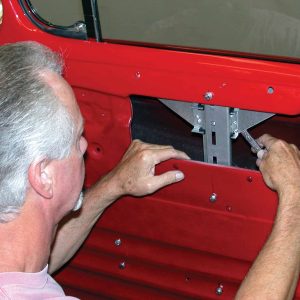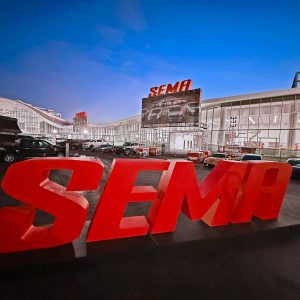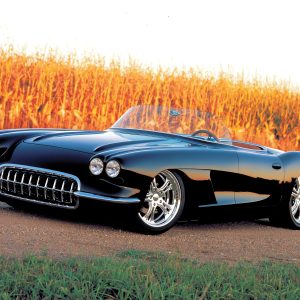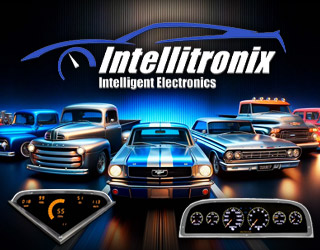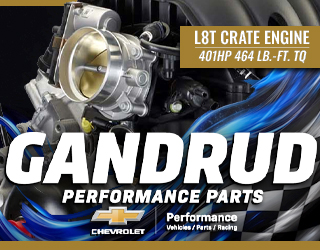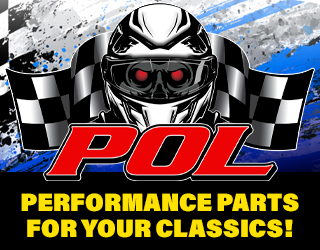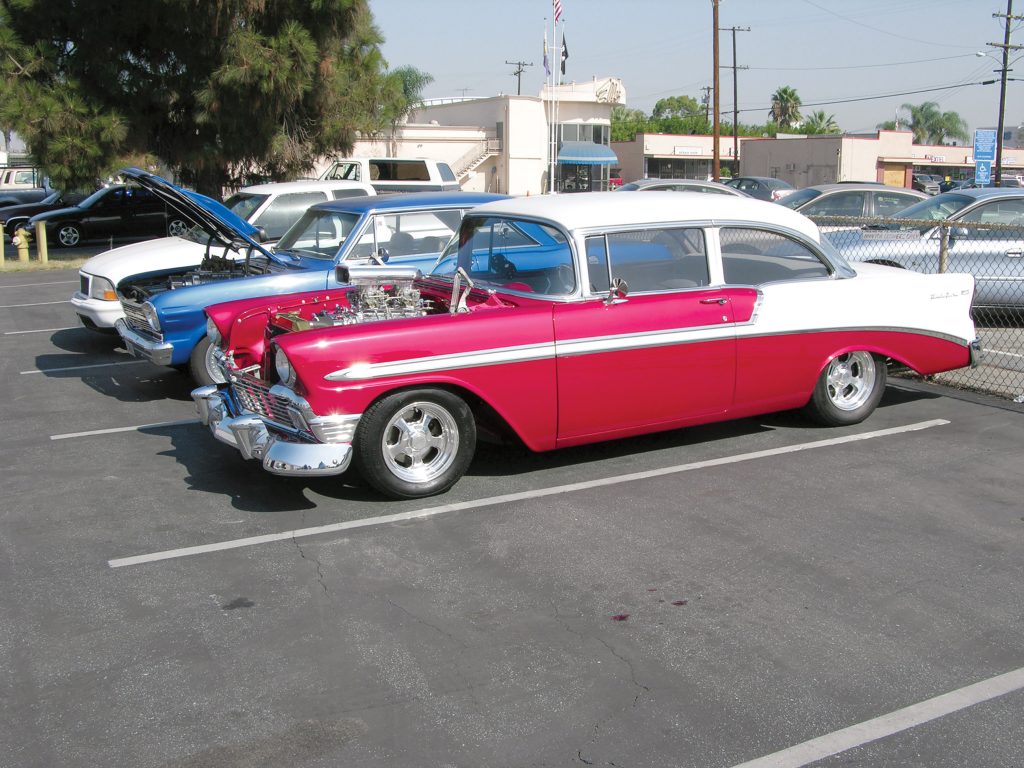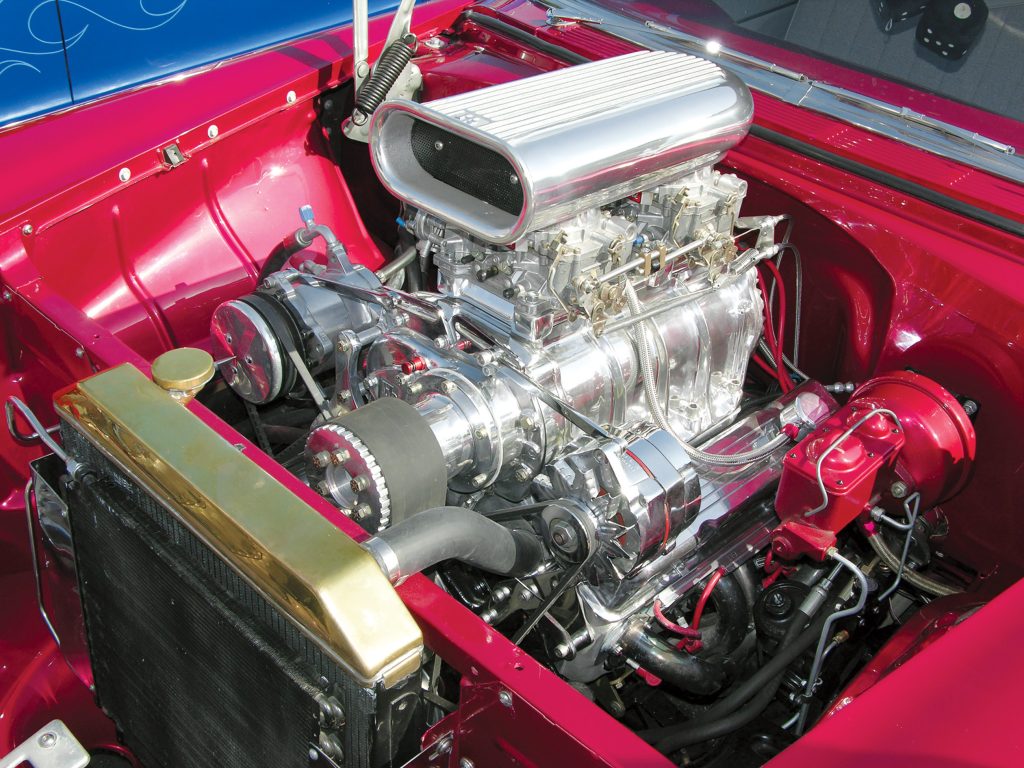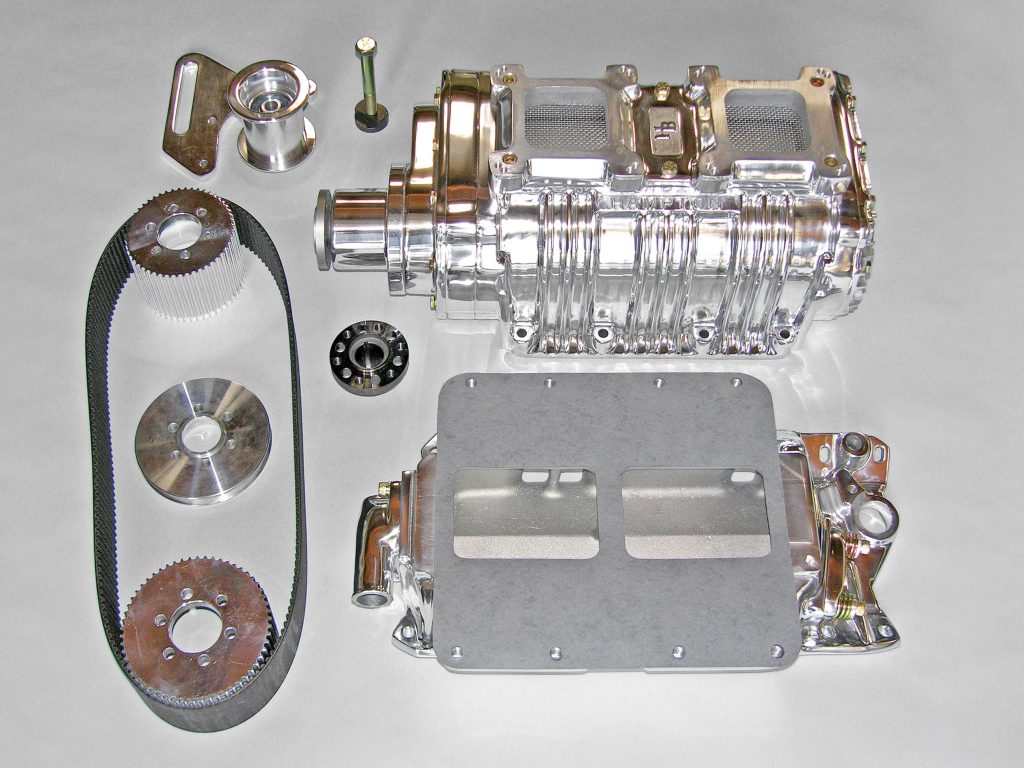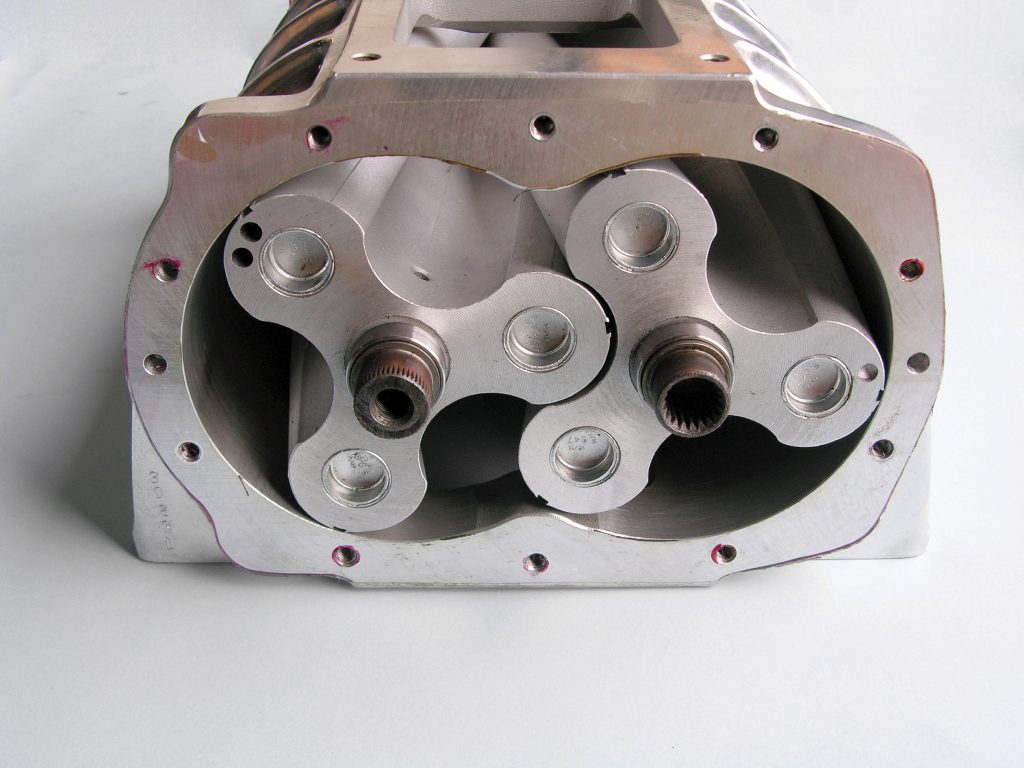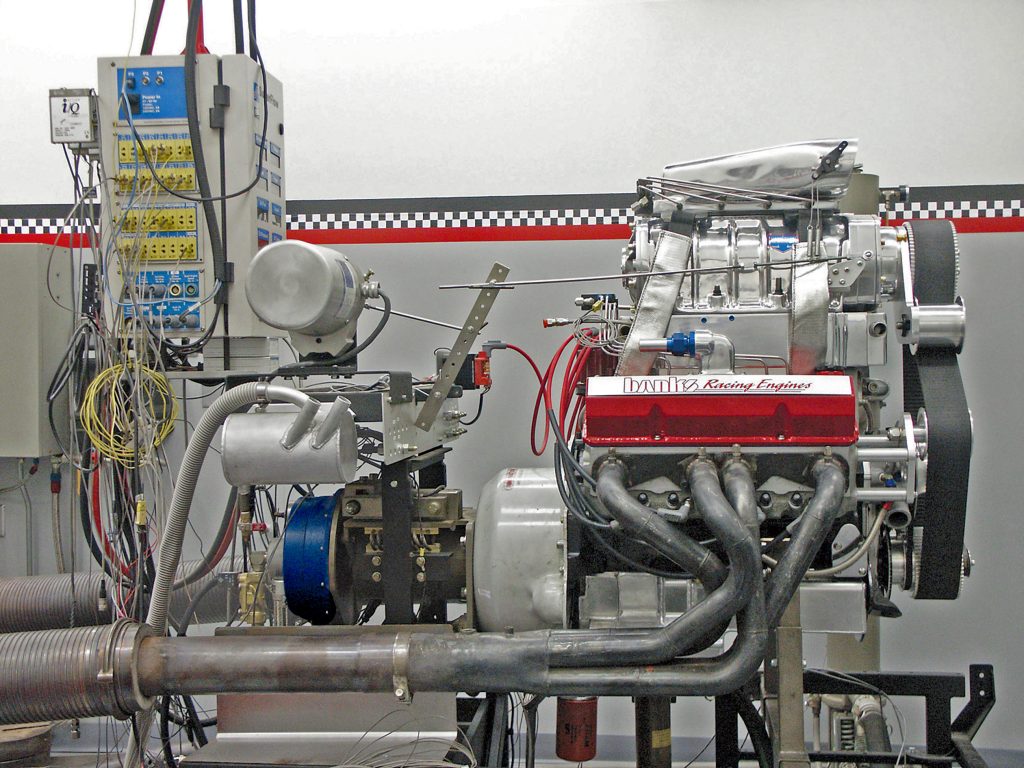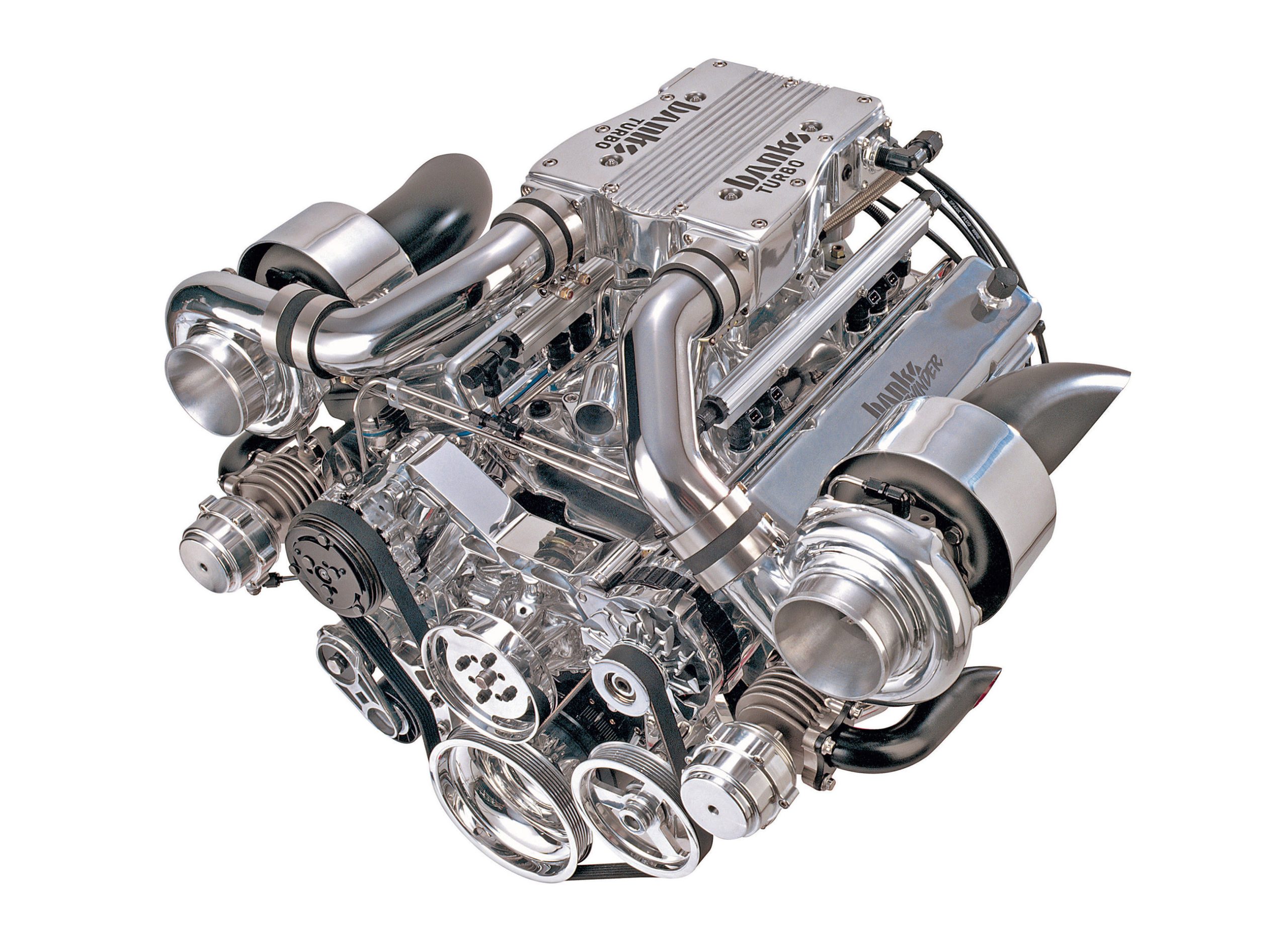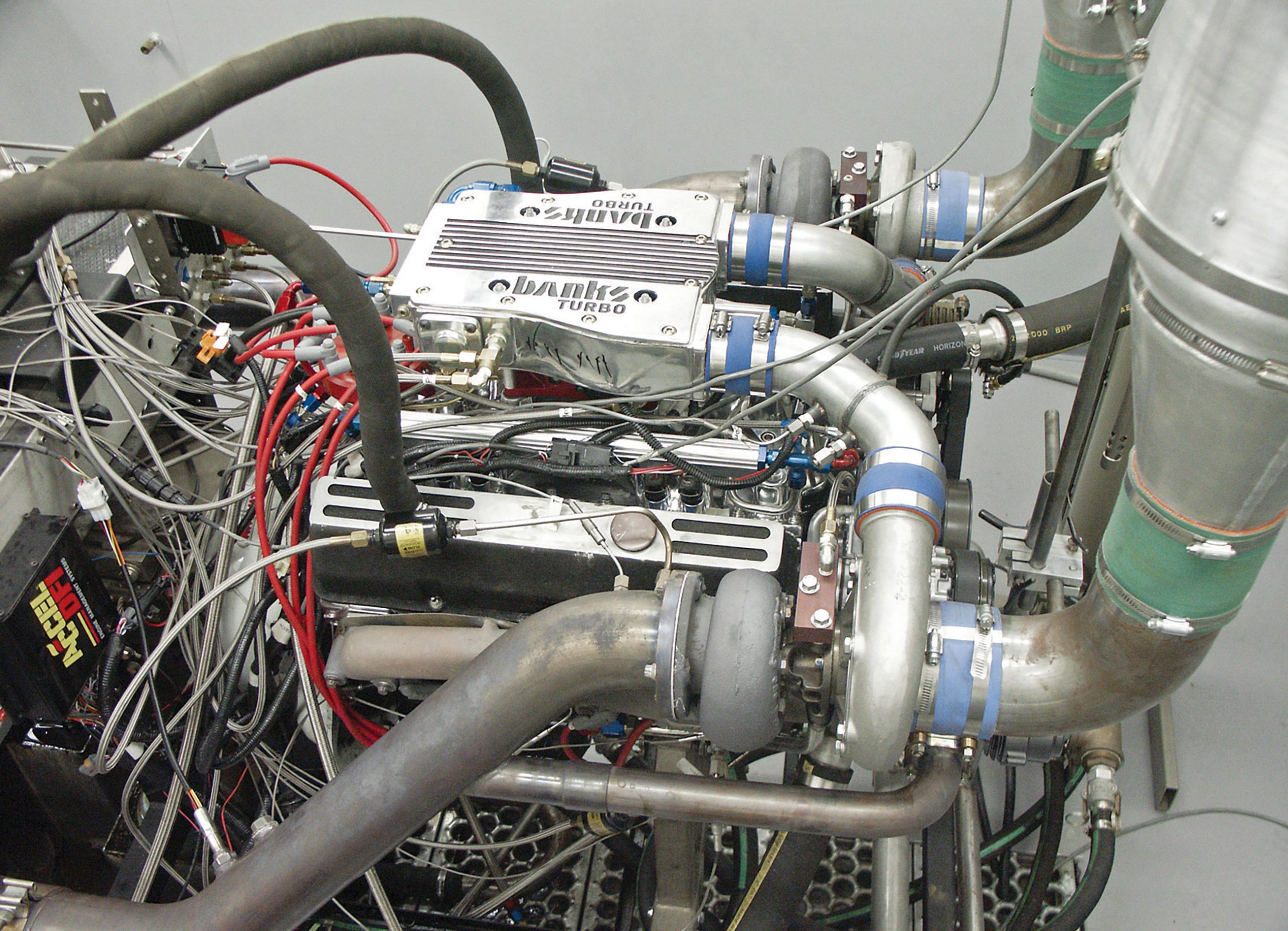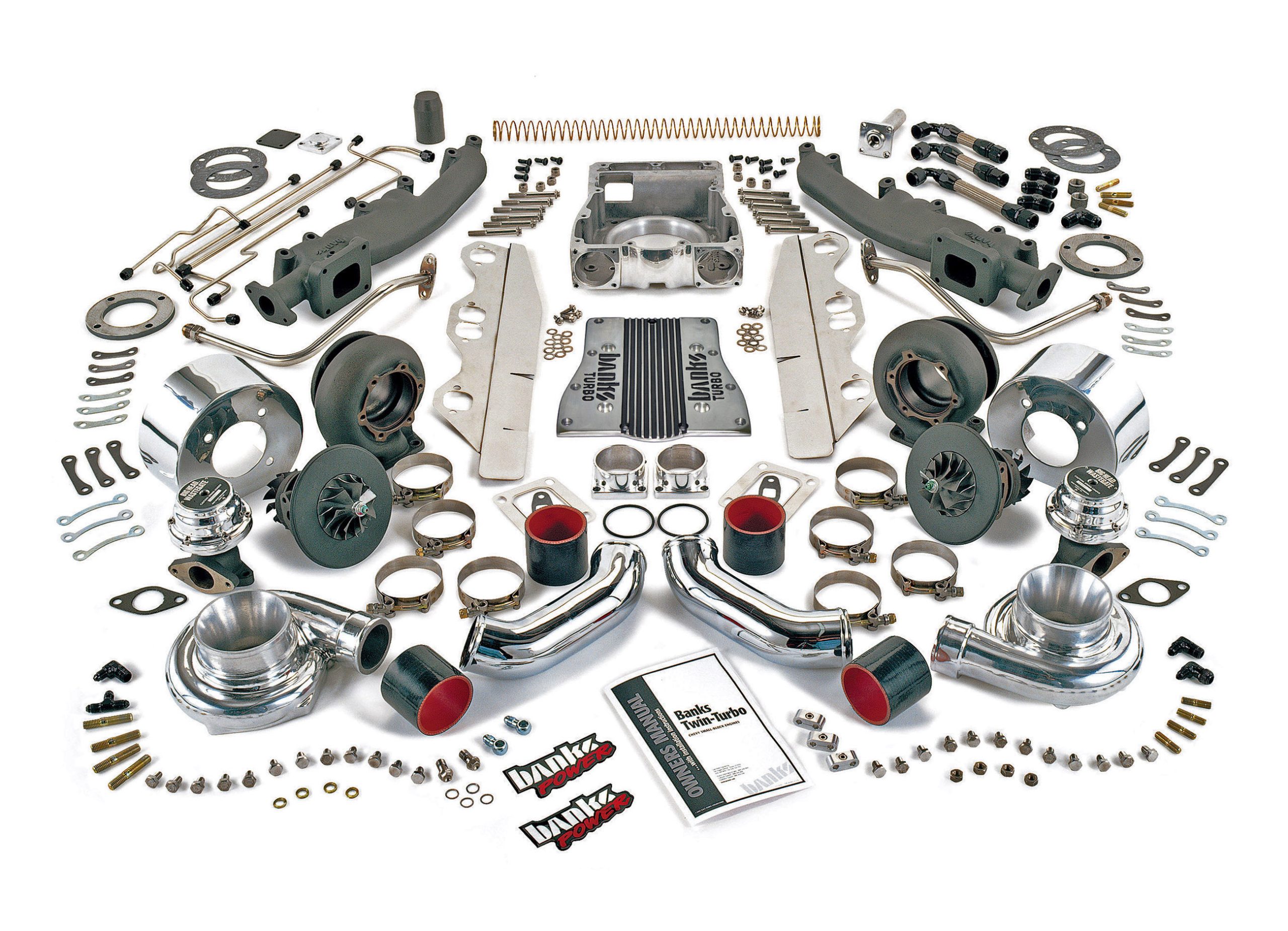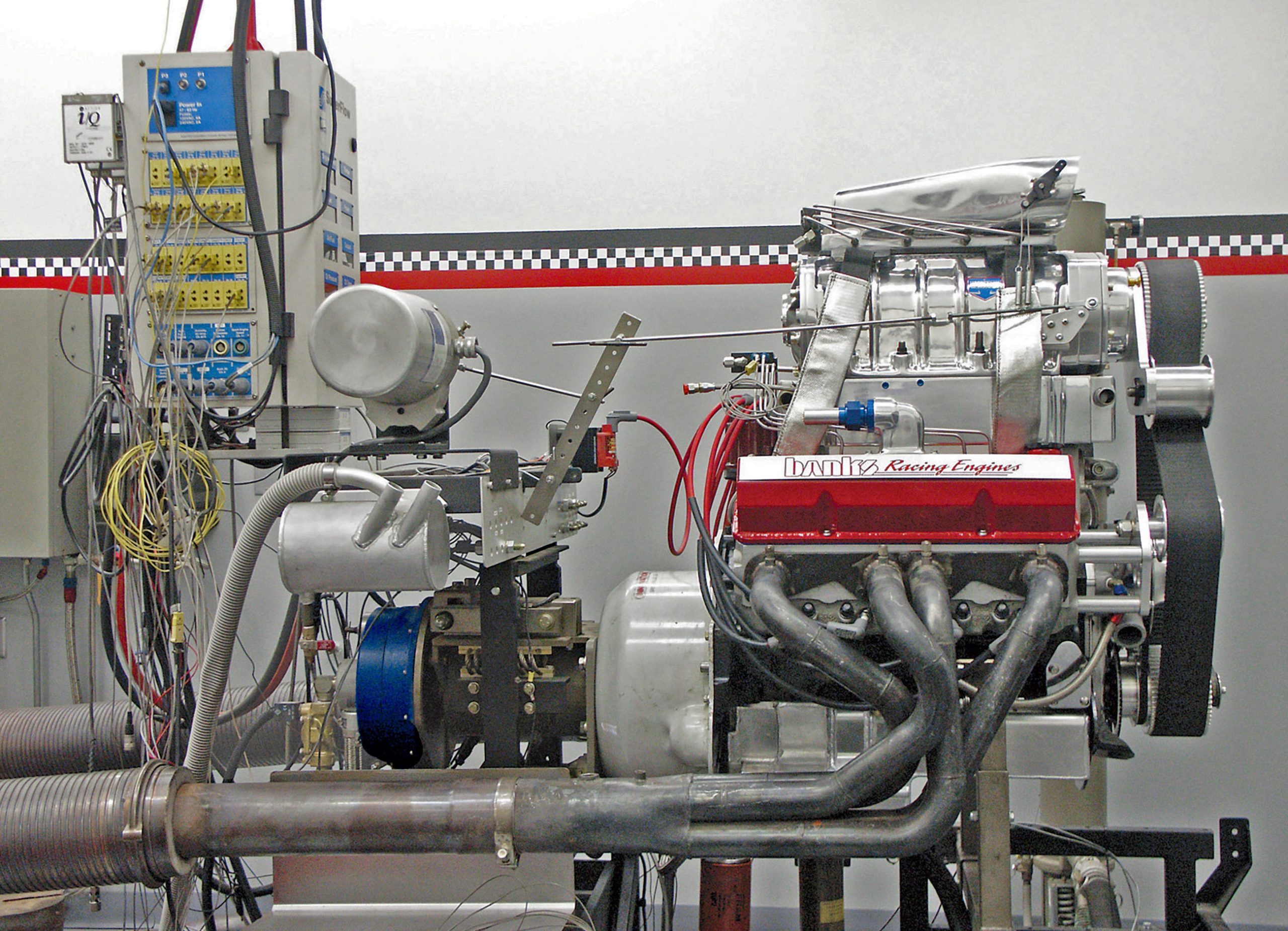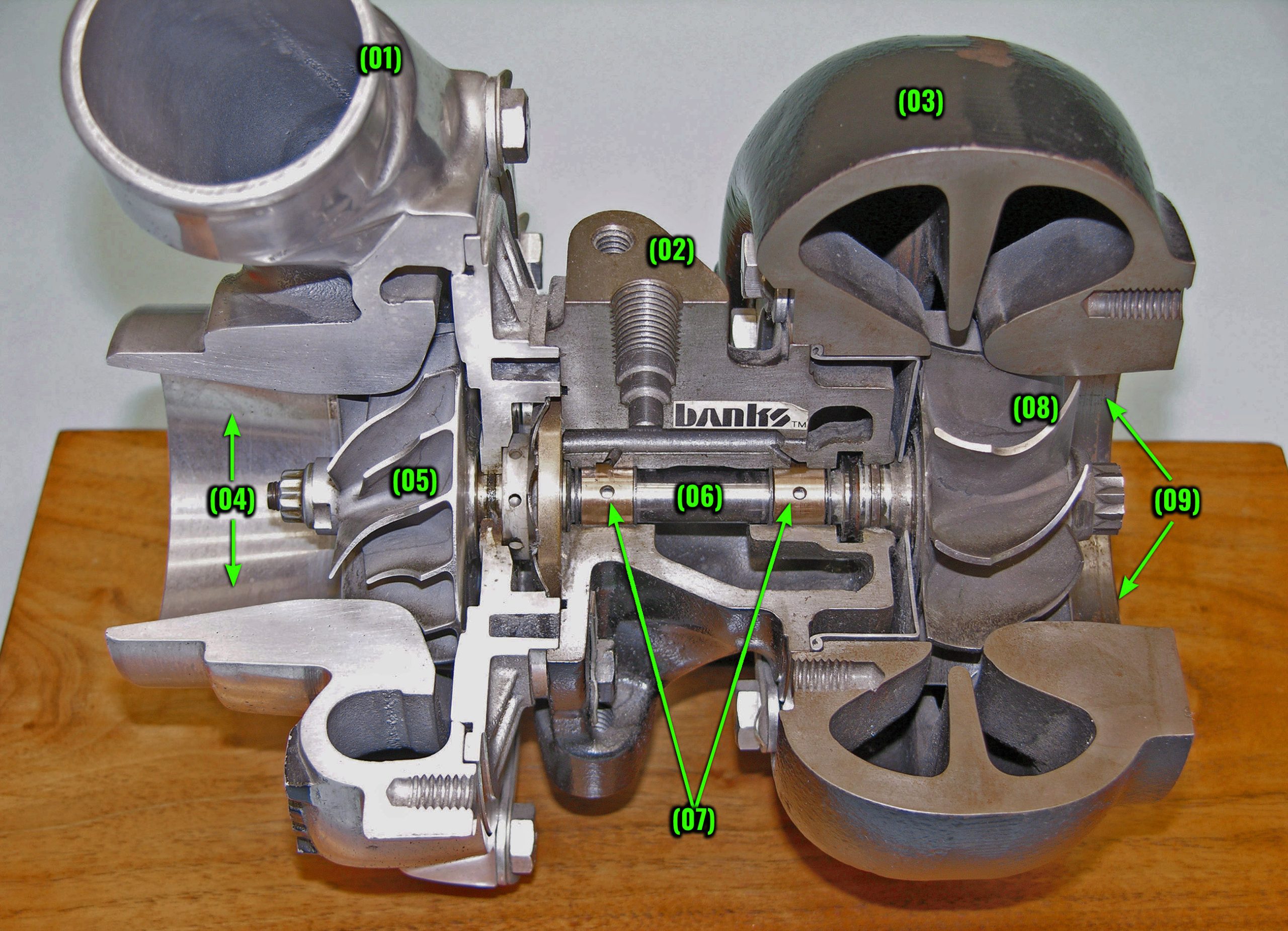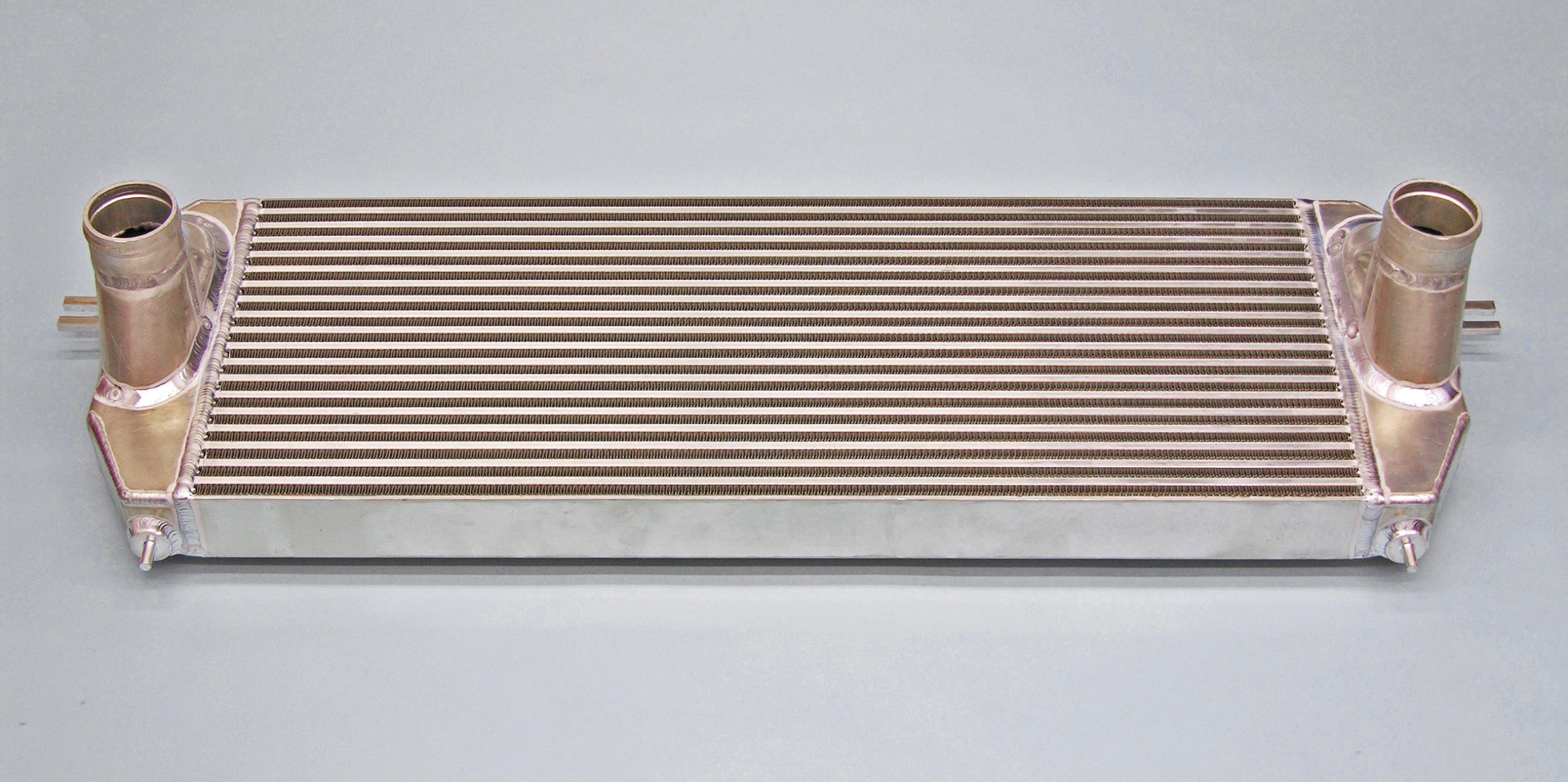

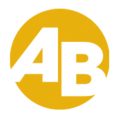
THE AUTO BUILDER
Featured
- All Post
- 20 High Priority - SR Super Rod
- Builds
- 25 High Priority - FB Ford Builder
- Cars
- 30 High Priority - AR American Rodder
- 01 Post Status
- 35 High Priority - RD Rodders Digest
- 40 High Priority - OTR On the Road
- 45 High Priority - SRB Street Rod Builder
- 50 High Priority - TB Truck Builder
- 55 High Priority - BSCENE Buckaroo Scene
- 60 High Priority - FPB Family Power Boat
- Trucks
- Swaps
- Performance Boats
- _000 Home Sliders
- Builders
- 00 Sidebars
- Manufacturers
- 05 High Priority - HCI Hot Compact Imports
- 05 Publications
- 10 High Priority - CR Chevy Rumble
- Back
- Chassis
- Engine
- Fuel System
- Electrical
- Exhaust
- Transmission / Drivetrain
- Suspension
- Steering
- Brakes
- Wheels and Tires
- Interior
- Exterior
- Accessories
- Power Adders
- Back
- Chassis
- Engine
- Fuel System
- Electrical
- Exhaust
- Transmission / Drivetrain
- Suspension
- Steering
- Brakes
- Wheels and Tires
- Interior
- Exterior
- Accessories
- Power Adders
- Back
- Chassis
- Engine
- Electrical
- Exhaust
- Fuel System
- Transmission / Drivetrain
- Suspension
- Steering
- Brakes
- Wheels and Tires
- Interior
- Exterior
- Accessories
- Power Adders
- Back
- Chassis
- Engine
- Electrical
- Exhaust
- Fuel System
- Transmission / Drivetrain
- Suspension
- Steering
- Brakes
- Wheels and Tires
- Interior
- Exterior
- Accessories
- Power Adders
- Back
- Chassis
- Engine
- Fuel System
- Electrical
- Exhaust
- Transmission / Drivetrain
- Suspension
- Steering
- Brakes
- Wheels and Tires
- Interior
- Exterior
- Accessories
- Power Adders
- Back
- Chassis
- Engine
- Fuel System
- Electrical
- Exhaust
- Transmission / Drivetrain
- Suspension
- Steering
- Brakes
- Wheels and Tires
- Interior
- Exterior
- Accessories
- Power Adders
- Back
- Chassis
- Engine
- Fuel System
- Electrical
- Exhaust
- Transmission / Drivetrain
- Suspension
- Steering
- Brakes
- Wheels and Tires
- Interior
- Exterior
- Accessories
- Power Adders
- Back
- Engine
- Fuel System
- Electrical
- Outdrives
- Steering
- Interior
- Accessories
- Power Adders
- Exterior and Hull
- Back
- Chassis
- Engine
- Electrical
- Exhaust
- Fuel System
- Transmission / Drivetrain
- Suspension
- Steering
- Brakes
- Wheels and Tires
- Interior
- Exterior
- Accessories
- Power Adders
- Back
- Chevrolet
- Cadillac
- Pontiac
- AMC
- Buick
- Jeep
- Lincoln
- Ford
- Honda
- GMC
- BMW
- Mitsubishi
- Dodge
- Nissan
- Chrysler
- Subaru
- Toyota
- Plymouth
- Mercury
- Volvo
- Volkswagen
- Oldsmobile
- Acura
- Back
- 05 Pub HCI Hot Compact Imports
- 15 Pub 4x4 4x4 Builder
- 20 Pub SR Super Rod
- 25 Pub FB Ford Builder
- 30 Pub AR American Rodder
- 35 Pub RD Rodders Digest
- 40 Pub OTR On the Road
- 55 Pub BSCENE Buckaroo Scene
- 10 Pub CR Chevy Rumble
- 50 Pub TB Truck Builder
- 60 Pub FPB Family Power Boat
- 45 Pub SRB Street Rod Builder
- Back
- Chip Foose
- Ring Brothers
- Jack Fuller
- Bob Cullipher
- Jerry Nichols
- Bobby Alloway
- Jesse James
- Carl Casper
- J.F. Launier
- Steve Sellers
- Boyd Coddington
- Rad Rides by Troy
- Cal Auto Creations
- George Barris
- West Coast Customs
- Back
- Street Rods
- Hot Rods
- Late Model
- Drag Race
- Handling
- Compact Cars
- Chassis
- Engine
- Fuel System
- Electrical
- Exhaust
- Transmission / Drivetrain
- Suspension
- Steering
- Brakes
- Wheels and Tires
- Interior
- Exterior
- Accessories
- Power Adders
- Chassis
- Engine
- Fuel System
- Electrical
- Exhaust
- Transmission / Drivetrain
- Suspension
- Steering
- Brakes
- Wheels and Tires
- Interior
- Exterior
- Accessories
- Power Adders
- Chassis
- Engine
- Electrical
- Exhaust
- Fuel System
- Transmission / Drivetrain
- Suspension
- Steering
- Brakes
- Wheels and Tires
- Interior
- Exterior
- Accessories
- Power Adders
- Chassis
- Engine
- Electrical
- Exhaust
- Fuel System
- Transmission / Drivetrain
- Suspension
- Steering
- Brakes
- Wheels and Tires
- Interior
- Exterior
- Accessories
- Power Adders
- Chassis
- Engine
- Electrical
- Exhaust
- Fuel System
- Transmission / Drivetrain
- Suspension
- Steering
- Brakes
- Wheels and Tires
- Interior
- Exterior
- Accessories
- Power Adders
- Chassis
- Engine
- Fuel System
- Electrical
- Exhaust
- Transmission / Drivetrain
- Suspension
- Steering
- Brakes
- Wheels and Tires
- Interior
- Exterior
- Accessories
- Power Adders
- Back
- 05 Post Imported
- 20 Post Missing Images (All)
- 25 Post Missing Images (Partial)
- 15 Post In Progress
- 30 Post Internal Review
- 40 Post On Hold
- 50 Post Approved
- 10 Post Images Imported
- 17 Post Missing TXT Files
- 18 Post Missing PDF Files
- 27 Post Missing Content
- Back
- Chassis
- Engine Swaps
- Interior Swaps
- Driveline
- Back
- Street Trucks
- OffRoad Trucks
- Chassis
- Engine
- Fuel System
- Electrical
- Exhaust
- Transmission / Drivetrain
- Suspension
- Steering
- Brakes
- Wheels and Tires
- Interior
- Exterior
- Accessories
- Power Adders
- Chassis
- Engine
- Fuel System
- Electrical
- Exhaust
- Transmission / Drivetrain
- Suspension
- Steering
- Brakes
- Wheels and Tires
- Interior
- Exterior
- Accessories
- Power Adders
- Back
- 01 Sidebar Left
- 01 Sidebar Right
SUPERCHARGING FOR BIG POWER
Blowers or Turbos, the Choice is Up to You
Author
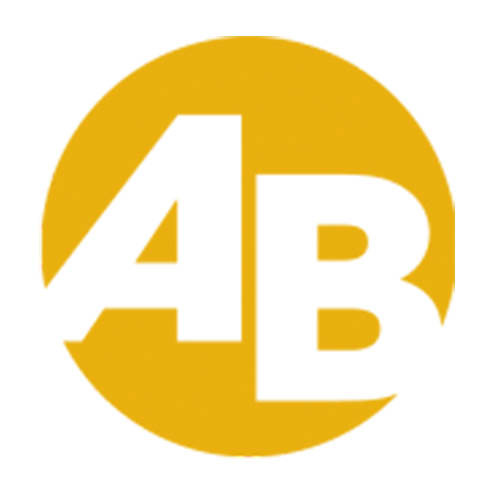
Tim Gavern
Photography: Tim Gavern and Gale Banks Engineering
Building More Horsepower with Forced Induction
Building an engine that produces more horsepower than its stock configuration can be done in many ways. However, supercharging has proven to be one of the best ways to make the most horsepower over stock. Superchargers are air pumps that force a “super” charge of air into an engine, which in turn allows the engine to make more power. A Roots supercharger or blower is a sealed case with two rotors inside. It is driven through the crankshaft by belts and pulleys, causing the spinning rotors to force compressed air into an engine.
A turbocharger is also a form of supercharger. A turbocharger or turbo is a turbine that uses the engine exhaust to spin a compressor wheel, thereby forcing compressed air into the inlet tract of the engine.
The Role of Air in Power Generation
Air is the most important ingredient required to make more power. When air is heated, it expands; when it is cooled, it becomes denser. Therefore, the more air that can be heated by combustion into expanding within the engine combustion chambers, the more power the engine can make. Superchargers compress the air, which makes it denser and thus allows far more air into the cylinders than under normal, ambient air conditions. More air lets more fuel be used, and this greater charge of air is then expanded with far more power as the fuel/air mixture is ignited. This pushes the piston down with much greater thrust, and it also makes the engine believe it is larger than it is.
The pressure that superchargers and turbochargers produce is normally measured in pounds per square inch above standard atmospheric pressure. To measure this pressure, the term “boost” is used. Boost is usually measured at the intake manifold at a 2:1 ratio above standard atmospheric pressure of 14.7 psi at sea level. If your boost gauge is reading 7.5 lbs, the supercharger is forcing approximately 50 percent more air into your engine (14.7 = 100 percent, divided by two = approximately 50 percent). Therefore, the engine believes it is actually 1-1/2 times its actual size. Of course, it is much more complicated than this, as there are many other factors that need to be taken into consideration when you correctly calculate boost.
Superchargers
Blowers, wheezers, huffers—whatever you choose to call them, these terms refer to Roots-type superchargers. In the 1800s, the Roots Company in England originally invented the supercharger to pump fresh air into and stale air out of mineshafts. General Motors took notice of this technology in the ’40s and realized that the Roots design could force more air into its own diesel engines, giving GM trucks more power than their competitors. Hot rodders realized back in the late ’50s that they could do the same for their racing engines. Blowers are now commonly used to provide a 25 to 50 percent increase in horsepower to typical small-block Chevrolets. Roots-type blown engines provide a push in the back unlike anything short of another type of supercharged engine, and nothing else sounds like a blown engine at full throttle.
Of course, we realize there are other superchargers on the market today, including screw and centrifugal styles, but to keep our explanations simple, we’re concentrating on the Roots-style blowers here. Watch for articles that feature other styles of superchargers in the near future. But for our example here, know that regardless of the treatment or efficiency comparisons of forcing more air into the combustion chamber, a supercharger in its basic form is an additional air pump sitting atop the motor.
Most Roots-type blowers have a positive displacement, meaning that their output increases at the same rate as engine speed. Roots-type blowers produce boost in a linear manner that increases proportionate to engine speed. In other words, they have to build up to their maximum boost, but because the blower is always being driven, it is constantly building boost, even at low speeds. Therefore, throttle response is instant, which makes blowers very popular with hot rodders.
The only drawbacks to blowers are that they use horsepower from the crankshaft, and a typical supercharger setup on a small-block Chevy can weigh up 100 lbs or more. However, even though it takes as much as 75 hp to run a modern Roots-type supercharger, it makes enough additional horsepower that the losses aren’t really felt. The additional weight penalty can be trimmed away in other places as well. Many hot rodders feel that no matter what the losses or weight penalties, a blower sticking up through the hood with its square-cut gears whining for all the world to hear is pure heaven and nothing else will do.
Turbochargers
Turbos are the more efficient of the two forms of supercharging. Turbos use the high-speed exhaust-gas energy that normally goes out the tailpipe to spin a turbine on the exhaust side of the turbocharger. This spins a compressor wheel on the intake side of the turbocharger that then forces air into the inlet tract of the engine. Therefore, it takes no power to operate a turbocharger, which is an advantage over blown engines. Also, unlike a blower’s linear build to maximum boost, a turbocharger builds boost geometrically as engine speed rises. Turbos go from zero to maximum boost very quickly. In fact, a turbocharger will build so much boost that a “wastegate” must be used to control boost. It does this by bleeding off excess exhaust flow prior to reaching the turbine. Modern turbocharger system designs have also virtually eliminated the old problem of lag, the time it takes the turbos to spool up and start making boost. When designed correctly for the corresponding engine, modern turbocharger systems spool up very quickly and will exhibit excellent throttle response.
Since turbos will build boost quickly, they work very well in real-world driving situations. Their idle quality and driveability are nearly the same as a stock vehicle. Turbocharged vehicles are also more fuel-efficient than their blown counterparts due to the fact that they do not use crankshaft horsepower and are not constantly running on boost. The mid- to upper-range horsepower provided by a well-designed system is nothing short of incredible and will, in fact, out perform a Roots-type supercharger.
Apart from the old legends of turbo lag, modern turbo systems are well engineered and make horsepower only dreamt of in the past. The only complaint has been that the plumbing required to install single or twin turbochargers tends to frighten potential buyers into going another route. Also, the dizzying array of turbochargers and turbo components can be overwhelming, but complete kits are available today from several sources that make turbo installations easier than ever. It is a simple matter to scratch-build a custom turbo installation, and this enables the builder to custom-tailor the turbo installation for its intended use.
Intercoolers
Supercharged air, from both superchargers and turbochargers, is heated as it is compressed. Therefore, the air is already somewhat expanded before it enters into the cylinders. If this compressed air can be made cooler, it could be even denser, allowing more air into the combustion chambers. This, as a result, would allow greater expansion to take place in the combustion chambers, making more power.
An intercooler is a radiator that uses either water or air to draw heat out of the supercharged air that passes through it. This cool air shrinks to become even denser, which allows more air into the combustion chamber. Air- and water-cooled intercoolers are commonly used with turbochargers on street-driven cars. Water-cooled intercoolers for blowers are more commonly used in boat or race applications where the vehicle isn’t going to be running long. Water-cooled intercoolers for blowers can be ineffective in street applications, as a cold-water source must be used. The water from the car’s cooling system is too hot to be of much use and therefore is not an option.
Conclusion
Do you want a big, wild supercharger sticking out of your hood? Or do you want to be stealthier and hide a pair of turbos under your hood? The choice is up to you. As far as horsepower goes, how much do you really need in a street-driven vehicle—400, 500, 600 or even 1,000 hp? Anything over or around 500 to 600 hp tends to be overkill for any street application, and good luck getting any more to the ground. Until all-wheel-drive systems are developed for Novas and Camaros, you’ll probably never be able to use all of the horsepower a well-designed supercharger or turbocharger system can provide. It would be fun trying, though. For maximum horsepower efforts, we simply have to give the nod to a well-designed single or twin-turbocharged small block with an intercooler under the hood. And anything nearing 1,000 hp would work for us. Who cares if we can’t use it all? Being able to shred the rear tires, even at freeway speeds, sounds pretty good if not reasonable.
ARTICLE SOURCES

Hampton Blowers
11255 Woodruff Ave. #C
Downey, CA 90241
(562) 803-9484
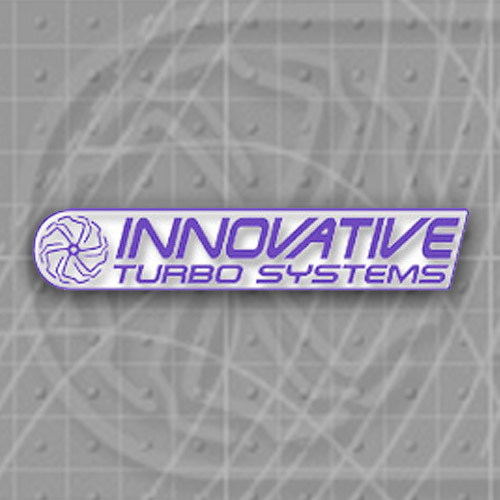
Innovative Turbo Systems
845 Easy St.
Simi Valley, CA 93065
(805) 526-5400






